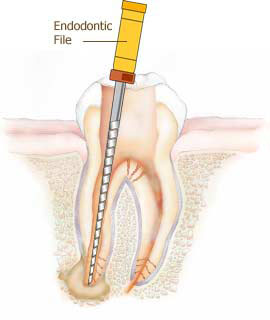Noticing bleeding gums while brushing or flossing can cause alarm. Often the cause of bleeding gums is as simple as brushing too hard, but in some instances it can be a symptom of something more serious.
Bleeding Gums Causes
One of the biggest bleeding gums causes is the buildup of plaque on the teeth. If left unaddressed this will lead to gingivitis, an early stage of gum disease. Alongside bleeding gums, symptoms of gingivitis include red and puffy gums.
Gingivitis occurs when plaque, which contains bacteria, builds up on teeth and produces toxins that irritate the gums. Signs of gingivitis include bleeding, puffy, sore, inflamed or red gums. Managing gingivitis is important so that it doesn’t progress into a more serious form of gum disease.
Thorough daily plaque removal is your best weapon against gingivitis. Other factors that might increase your risk of gingivitis include smoking, stress, hormonal changes, poor nutrition, medications and chronic diseases.
Treatment and Prevention of Gingivitis
Here are some important ways to help manage gingivitis, and remember, it’s all about keeping your teeth as free from plaque as possible:
- Brush thoroughly twice a day with an antigingivitis toothpaste.
- Rinse thoroughly with an antigingivitis mouthwash.
- Use a soft bristled manual or electric rechargeable toothbrush.
- Floss daily.
- Visit your dental professional regularly.
Causes and Treatment of Pregnancy Gingivitis
Pregnancy gingivitis is caused by a rise in the hormone progesterone which can contribute to an increase in the flow of blood to gum tissues making them sensitive, swollen and more likely to bleed when you brush and floss. These hormonal changes can make it easier for certain gingivitis-causing bacteria to grow and can make gum tissue more tender. While pregnancy gingivitis can occur anytime between the second and eight month, it’s usually more severe during the second trimester.
Controlling plaque is the most important thing you can do to prevent problems with pregnancy gingivitis. A strict home care routine of proper and meticulous plaque removal should start even before you are pregnant. Not all oral care products are the same, so be sure to choose a toothpaste and mouthwash designed to treat plaque and gingivitis. Also try a soft electric rechargeable brush to make plaque removal easier.
Blood thinning medications may also cause your gums to bleed. If you think your bleeding gums might be due to medication, get in touch with your dentist.
Bleeding Gums Treatment
The best way to find out the cause of your bleeding gums is to book an appointment with a dental professional. Your dentist or dental hygienist will be able to advise you on the best bleeding gums treatment according to your symptoms.
Call Alivio Dental to schedule an appointment today! Proudly serving patients from Aurora,IL, Naperville,IL, Oswego,IL, Downers Grove, IL, Lisle, IL, Darien, IL, Lombard, IL, Clarendon Hills, IL, Bollingbrook, IL, Woodridge, IL, Westmont, IL, La Grange, IL and Wheaton, IL communities now.
Credits: Procter & Gamble



